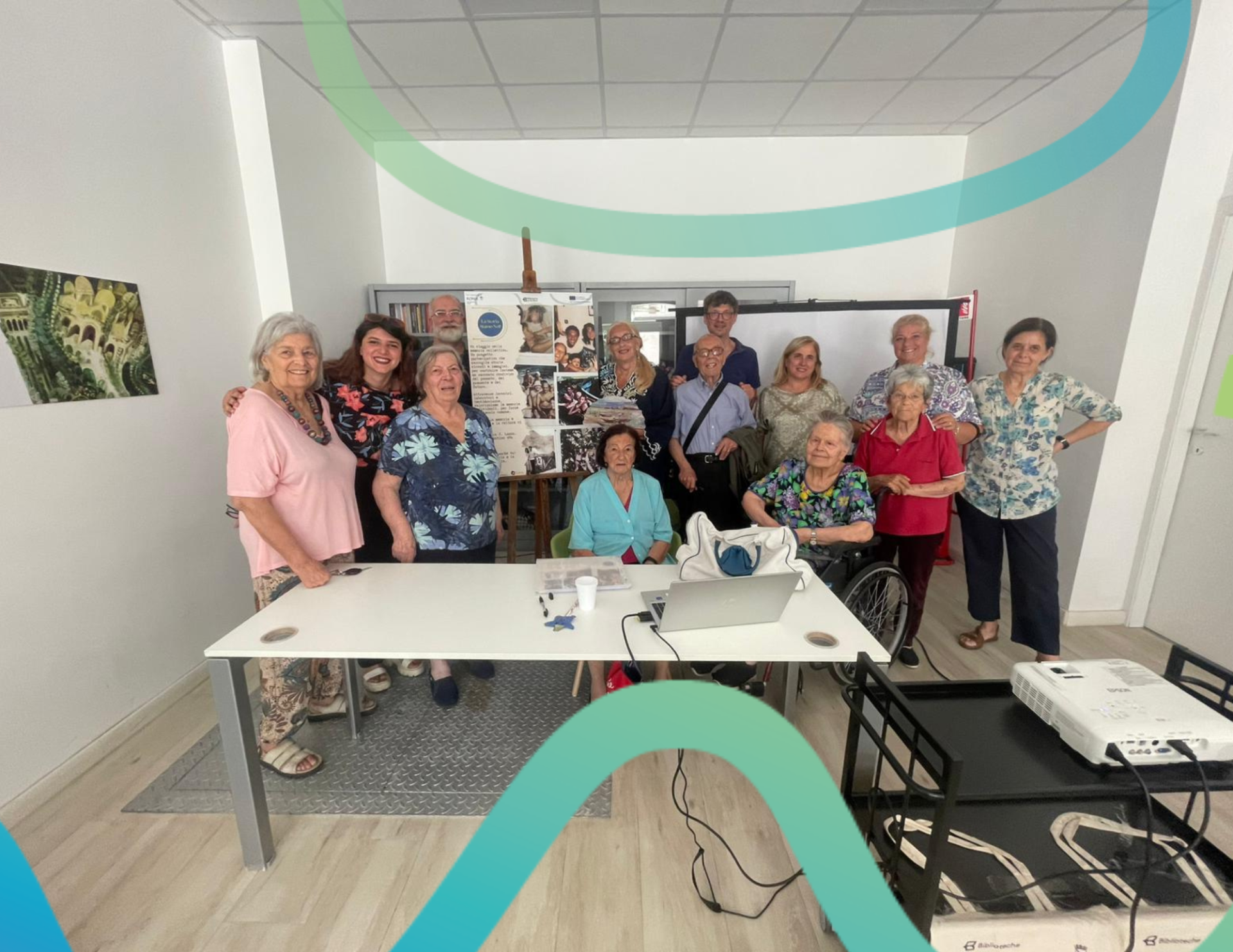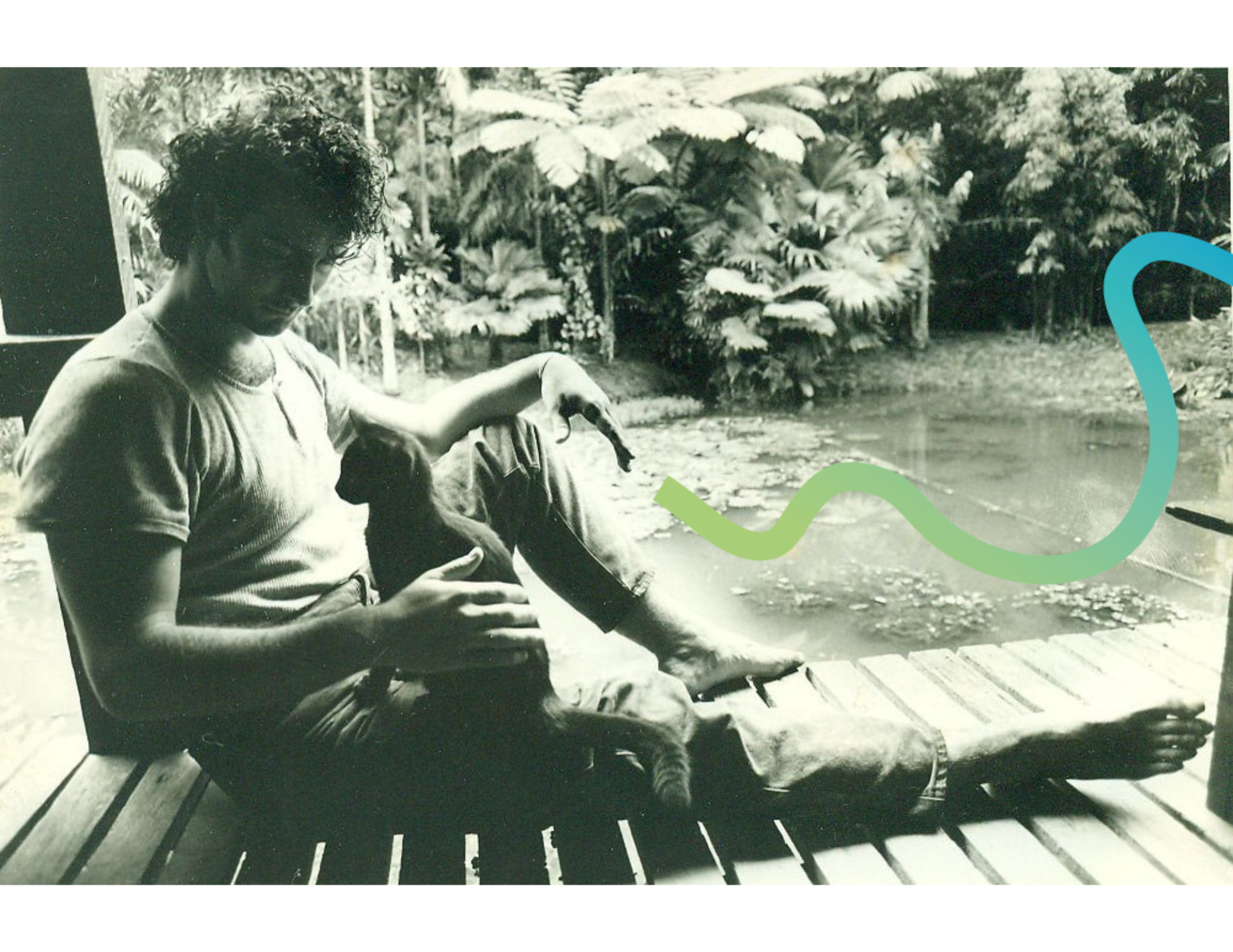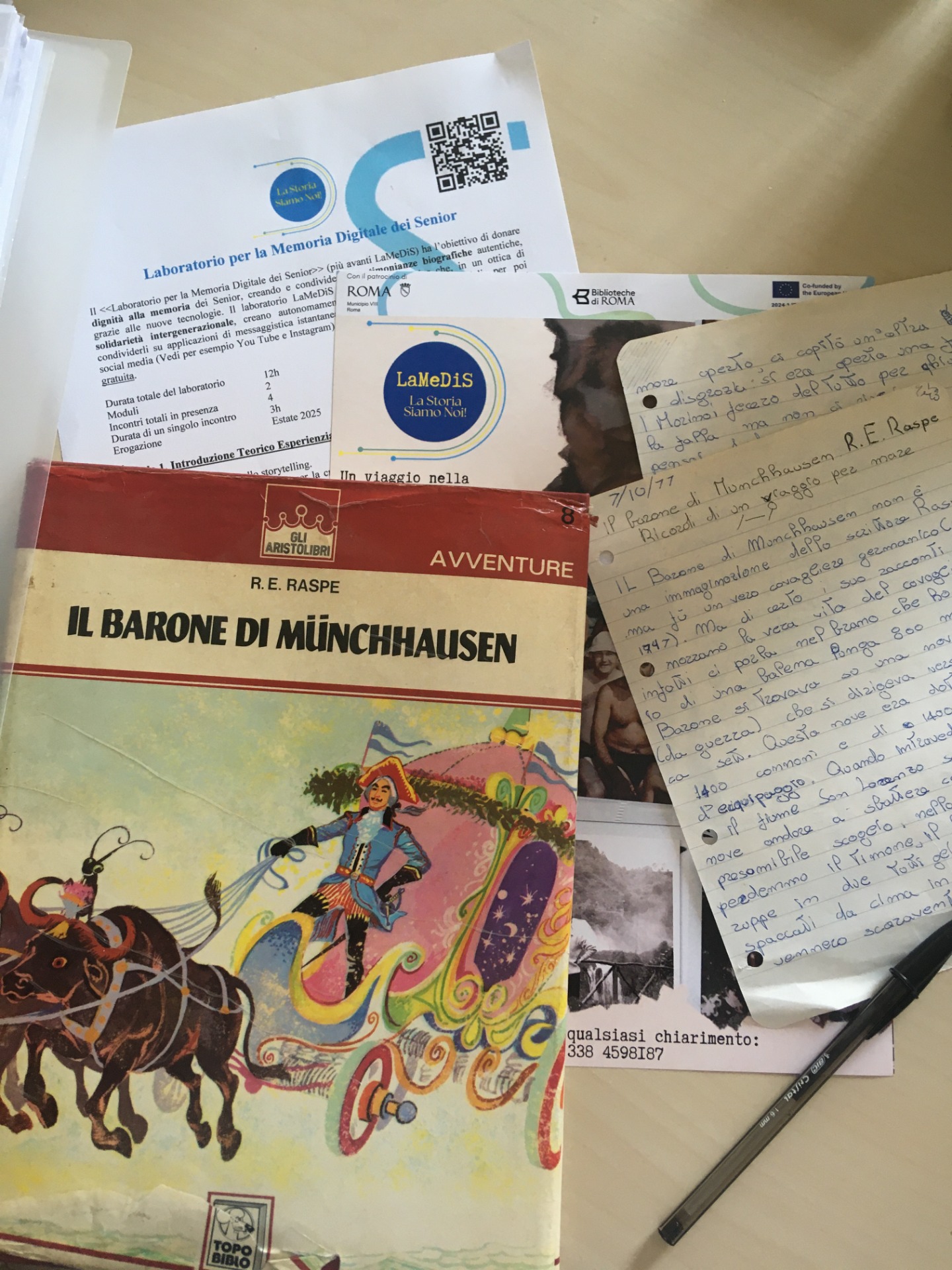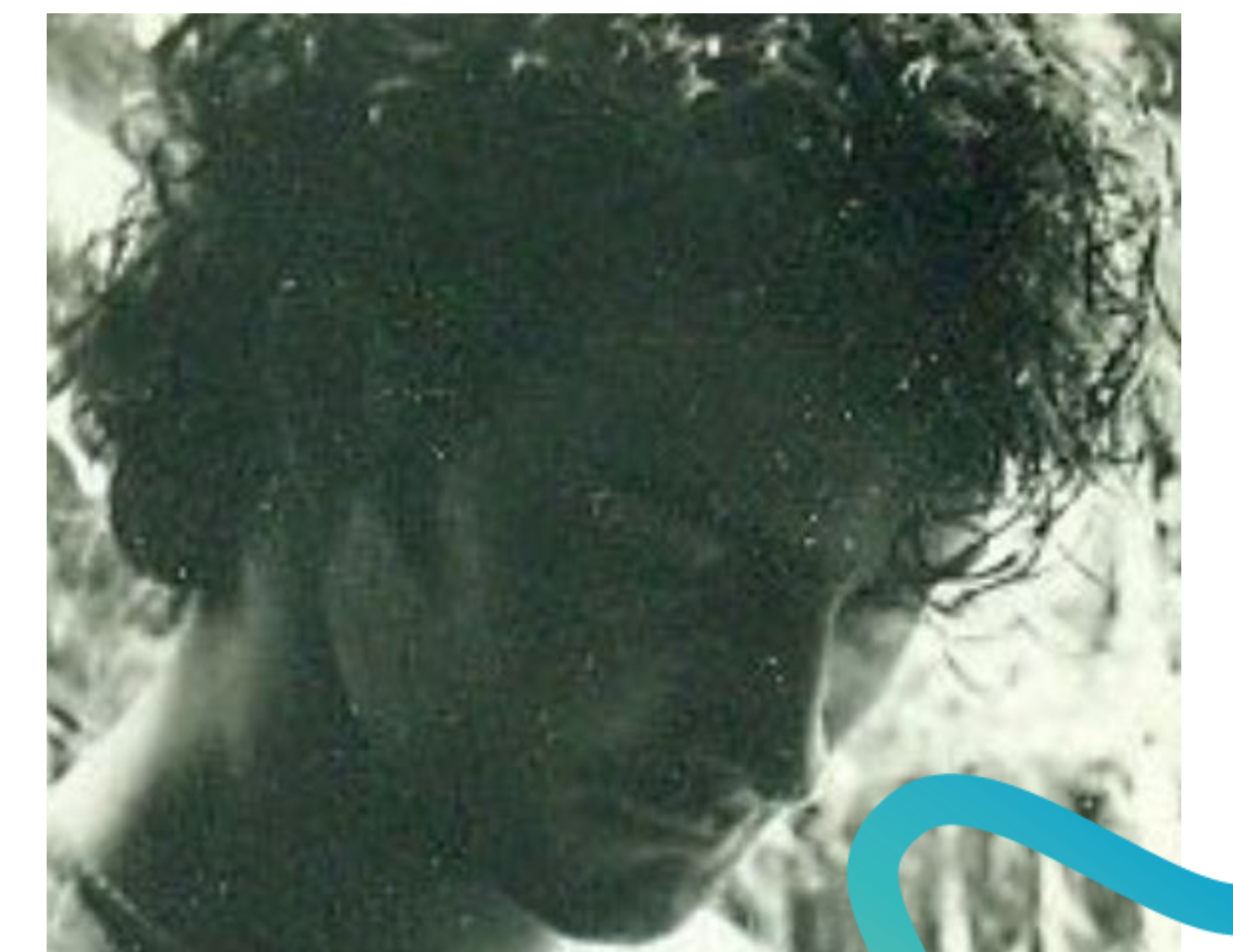The experience we have lived, so far, is a priceless heritage. It must be protected.
Everyone knows the night of San Lorenzo with its shooting stars. Right? Few know, however, that the peak always occurs after the conventional day of August 10th.
Exactly, this year, the Persids meteor shower—the official name of the spot in the rotating sky from which meteors radiate this season—peaks tonight, Wednesday the 13th. A truth that's also useful as a metaphor for understanding the profound meaning of the History Is Us! project. Why? Read here and you'll find out.
So. Let's start by saying that today, we're in the midst of the fervor, not just because of the seasonal temperatures, of the History Is Us! project. We're finally putting into practice everything that was planned years ago to give full dignity to our memory. The climate we're breathing now is wonderful. Obviously. Fine-tuning, thanks to daily practice, is always a must. However. The consistent consistency found throughout the many activities we undertake gives us a confidence we've never experienced before. We've put a lot of effort into achieving these encouraging results. Now we want to continue like this, together, even more, with an operational organization that's finally cohesive, not only professionally, but also capable of maintaining the high quality of everything that still needs to be done and brought to its natural conclusion.
That's why we want to share here, publicly, a personal testimony of mine, in keeping with the underlying intent of the entire History Is Us! project. We doing it now because now we have faith. Again. Simple.
First, let me introduce myself. I'm Fabrizio. I'm an active member of the La Storia Siamo Noi! project team! Now, here, I can confess. My life, up until now, has always been filled with stories. Imagined. Heard. Read. Seen. Written. Shared. A great fortune, mine, which from a very young age I have always wanted to share, giving it away, instinctively, and which only now I realize is the only useful means, not only to preserve it intact, but also to increase it. Faced with this genuine generosity of mine, many have been alarmed, worried, and have wanted to distance themselves. That's understandable. I wish them all the best. For me, in fact, what the old sage says applies: When we're young, most of us appreciate it in the difficulties we face as the years go by, perhaps in front of a black-and-white photo, alone, sitting on the couch.
Today, difficulties and loneliness no longer worry me. On the contrary. Thanks to them, I've done everything I could to ensure that not only could my life's experiences be shared, but I've also encouraged others to express themselves, using whatever means they found useful to their ultimate goal. That is, to free themselves. Therefore, an undertaking. A life project. An athletic performance. A friendship. An improvisation in a key shared in unison. A love. It's important to understand that the starting point, the primary audience, or, as those skilled in marketing and communications would say, the hard core, is always and only ourselves. This is what I firmly believe, so that a life can be truly lived. I say this because I've reached an age where it's starting to be acceptable to come to terms with one's existence, here, and, in saying this, I marvel at my own coherence, in being today, harmoniously, what I already was from a very young age, impetuously, misunderstood.
That's why we're resuming today, Wednesday, August 13, 2025, the day the shooting stars of San Lorenzo give us their best show: the publication of the articles on this blog, which many of you are reading. Moreover, official statistics indicate that there are already several thousand of you. Thanking you is the least we can do. If you send us an email with your contact information before the end of this year, we'll also give you a nice gift. This also applies to those who generously donated their 5x1000 to our non-profit organization HUBITAPROJECT ETS. Write to us immediately at info@historyisus.eu.
In any case, it's important to emphasize that the blog pause, which we took voluntarily, was a tactical, shared, thoughtful, and carefully considered choice. Chance has nothing to do with it, and even less so all the contingencies that, over time, have stealthily sapped our energy, distracting us, without ever neglecting our shared goals. Not at all.
The fact is that implementing the Seniors' Digital Memory Laboratory (LaMeDiS) has been our priority during this period. Now, however, that we have taken stock of the entire project's status, we are resuming, with greater awareness and therefore determination, all the planned activities, with particular attention to the dissemination and shared valorization of this wonderful project, entitled History Is Us!. Not only have the solid foundations been laid, but we have already reached, after the ground floor, a beautiful, livable first floor. The building is not finished, true, but the satisfaction is great, as is the desire to reach the roof. This is also because the groundwork for LaMeDiS was not easy. The difference, naturally, was made by the individuals who, individually, each according to their own skills, once they had shared intentions and ambitions, sincerely combined their experiences and ambitions, to make them, with their grace and joy, available to a one-of-a-kind project. Real social inclusion. Practical digitalization for our Seniors. Sincere sharing of first-hand experiences. Motivating participation and engagement. Complete security in archiving the data acquired and published. Widespread visibility, including on social media. These are just some of the elements that are never found together, not only among the authoritative historical archives, but also among the many informal training proposals dedicated to Seniors. These elements, going beyond the conventional boundaries of limiting factions, have shaped what we imagined years ago, when we officially presented our project, was necessary to ensure well-being and prosperity for all of us, thanks to genuine intergenerational solidarity, also linked to our wonderful territories, steeped in history, which we wish to preserve and protect. Our desire to give dignity to the memory of each of us, starting from individual life experiences, is rooted in the conviction of the opportunity, clearly demonstrated already in this hot season, of to foster a full and flourishing harmony among the people and ancestral traditions of this land of ours. It is a hope. Of course. But tonight is the right time to at least confess it.
Now. Having shared the underlying motivations that move us here, I'll start by saying that, for me personally, reading, writing, and entertaining myself, with my own and others' imaginations, on multiple levels and media, has always been very attractive, fun, and motivating. Stories, in short, have always fascinated me and have accompanied me, up to this point, throughout my life. I confess. Not the institutional or conventional ones often found in standardized school history books, in institutional propaganda films, in pre-packaged hit songs, in so-called works of art lavishly supported and now widely distributed thanks to 3D printers, the so-called artificial intelligence, the Internet of Robotic Things, and so on, digitally, in an apparent network, certainly increasingly under control. What I'm talking about are precisely stories, even fictionalized, sung, theatrically adapted, or presented in multimedia stills. For example, to demonstrate my historical inclination here. I'll take you for a moment to the year 1977. To be precise, Monday, October 7th. I'm 12 years old, and in those years filled with extremism, I write the following. It's perhaps a school exercise. In truth, I don't remember at all. For the sake of simplicity, here, in reporting this handwritten text, I'm going beyond the lack of literal conformity that a teenager might have had, having grown up like me in one of the many suburbs of large modern cities that, even then, were filling up with useless contemporary junk, mostly from overseas.
Baron Munchausen. R.E. Raspe. Memoirs of a Sea Voyage.
Baron Munchhausen is not an imagination of the writer Raspe. He was a real German knight (1720–1797). However, his stories certainly do not narrate the knight's true life. This is the case with the passage I report here about an 800-meter-long whale. The baron was on an English warship heading for North America. This ship was equipped with 1,400 cannons and a crew of 1,400 men. The baron recounts that: When we glimpsed the St. Lawrence River, we heard the ship crash into what we presumed was a rock. In the collision, we lost the rudder, and the bowsprit broke in two. All the masts were split from top to bottom. Two of the crew were thrown into the water. One of them, reported missing, was found in the water 15 km from us. Not knowing what to do, the poor man, seeing a large seagull pass overhead, grabbed its tail and began flying toward us. The captain lowered a sounding line to see how deep the rock was. It reached a depth of 500 meters, but no rock was found in those waters. The mystery was quickly solved, for we saw a large whale alongside the ship. It had provoked our anger. It had destroyed half of our ship, but we had only caused it annoyance. It gave us a blow with its tail, destroying half the bulwark. It also managed to catch the anchor. As it began to sail, it carried us at a speed of 12 knots until the cable broke and left us in the open sea. There, another misfortune befell us. A leak had opened. The sailors did everything they could to close the hole, but they failed. I thought. I went to the hole and sat on it while they fixed it outside. When we returned to the famous spot a few months later, we saw the dead whale again. We considered loading it, but we saw it was too long—it measured over 800 meters—so we decided to load it with just the head. After cutting off the head, we saw our anchor with about 70 meters of cable. That wasn't the only time I'd encountered a large fish. I was in Marseille, in the Mediterranean, swimming, I turned around and saw a fish that had every intention of eating me...
I found these sheets of paper, complete with drawings, recently, while I was tidying up the family bookcase. I've omitted here the many spelling errors they contained. One above all, the letter h, repeated systematically, placed before the verb to have, always, in every declension. I remember that my excellent Italian teacher at the time pointed out this grammatical limitation to me. It's important to note here that, thanks to his concern, guidance, and encouragement, I was able to pursue my passion for storytelling, even professionally, if only for what you're reading here now. However, I made my firm commitment to writing many years after this homework. I was in my thirties. That was about thirty years ago. At the time, going into detail, I was thinking like this.
Be that as it may. Moving beyond these intimate aspects, some important facts, for me, deserve to be underlined. First. I'm still here writing after all these years. What a wonderful thing consistency is. Second. Naturally, much of what I wrote at the time was copied from someone else's text. My imagination wasn't yet consciously complete. Third. In the adolescent writing reported here, the St. Lawrence River is mentioned, and, according to the Gregorian-Julian calendar, a few days ago it was the day dedicated to this Saint of ours. Fourth. It talks about ships and sailors. Good. About ten years after this writing of mine, I did my military service in the Italian Navy. Fifth. It talks about the sea and fish. Good. From a very young age, therefore before this writing of mine, shared here, thanks to another Saint, my father, I went fishing or swimming at dawn before going to school, where I then studied and did my homework, like this one shared here. Sixth. We're talking about North America, where I lived and began studying seriously. Seventh. There's Marseille. Where I had a wonderful girlfriend when I was young. Well, I mean. Incredibly, in these few lines, I'm also there, inevitably, with my entire life that, only today, in this sharing, here, I rediscover, stimulated by LaMeDiS, thanks to the project History Is Us!
Then there's an eighth point. A crucial one. I already mentioned it, in the first lines of this article, about digital communication recovery. The peak of the Persids follows the conventional night of San Lorenzo. As they say. The best always comes later. So wait. Resist. Abstain.
I'll try to explain myself better, even if it's never easy to do so in an article. Our life is made up of individual experiences, in a single existence lived, here, every day. Once we are aware of this opportunity, our time, starting with our past, presents itself to us in all its inestimable, unique, and unrepeatable richness. To maintain its value, once this experience has been had, it must be shared. This is the function of history. This is the meaning of testimony. This is the value of storytelling. This is why LaMeDiS exists, where you too can be the protagonist, today, of your own past, so much so that together we can build the future that your lived stories have already shaped. Write now to info@histroyisus.eu. Together we can protect your only authentic heritage, giving dignity to our memory, because History Is Us!




